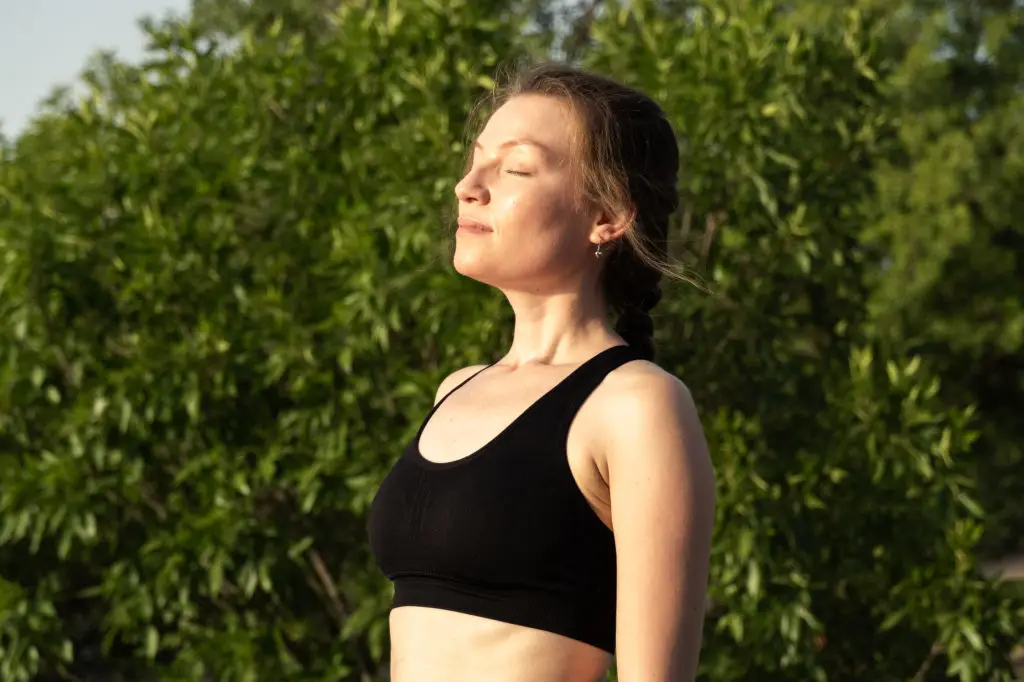11 Breathwork Hacks to Reset Your Vagus Nerve and Find Calm
3. Box Breathing (Square Breath)

What it is: Box breathing uses equal-length phases—inhale, hold, exhale, hold—to create predictable rhythm. Why it helps: predictable rhythm calms the nervous system by offering a steady signal that the body is safe, often engaging vagal pathways. How to do it: inhale through the nose for a count of four. Hold the breath for four. Exhale through the mouth for four. Pause with an empty lung for four, then repeat. Adjust counts to your comfort, for example 3-3-3-3 if four feels long. Practical tip: use a mental image of tracing a square to guide counts. Start with three cycles and increase to five or six if helpful. Difficulty: beginner-friendly and useful for quick resets at a desk or before a meeting. Keep posture tall but relaxed. If you feel lightheaded, reduce the counts or return to normal breathing until steady. This method is popular with first responders and office workers because it’s discreet and effective for regaining composure.
4. Extended Exhale Focus (Longer Outbreath)

What it is: A simple pattern that emphasizes a longer outbreath compared to the inbreath, for example inhale 4, exhale 6–8. Why it helps: the longer exhale shifts autonomic balance toward calm; exhalation length directly influences vagal activity. How to do it: settle into a comfortable seat. Inhale gently through the nose for a slow count of four. Exhale for a count of six or eight through softly parted lips. Keep the inhale relaxed—don’t force more air than feels natural. Repeat this for one to three minutes and notice the warmth of the exhalation. Practical tip: you can cue the exhale with a soft syllable like “ahhh” or simply let it be silent. Use this one when you need a quick down-regulation—walking slowly and extending the outbreath can be especially soothing. Modify counts if you have breath limitations; even making the exhale slightly longer than the inhale tends to help. This method pairs well with gentle shoulder relaxation and mindful attention to the ribs and belly moving together.
